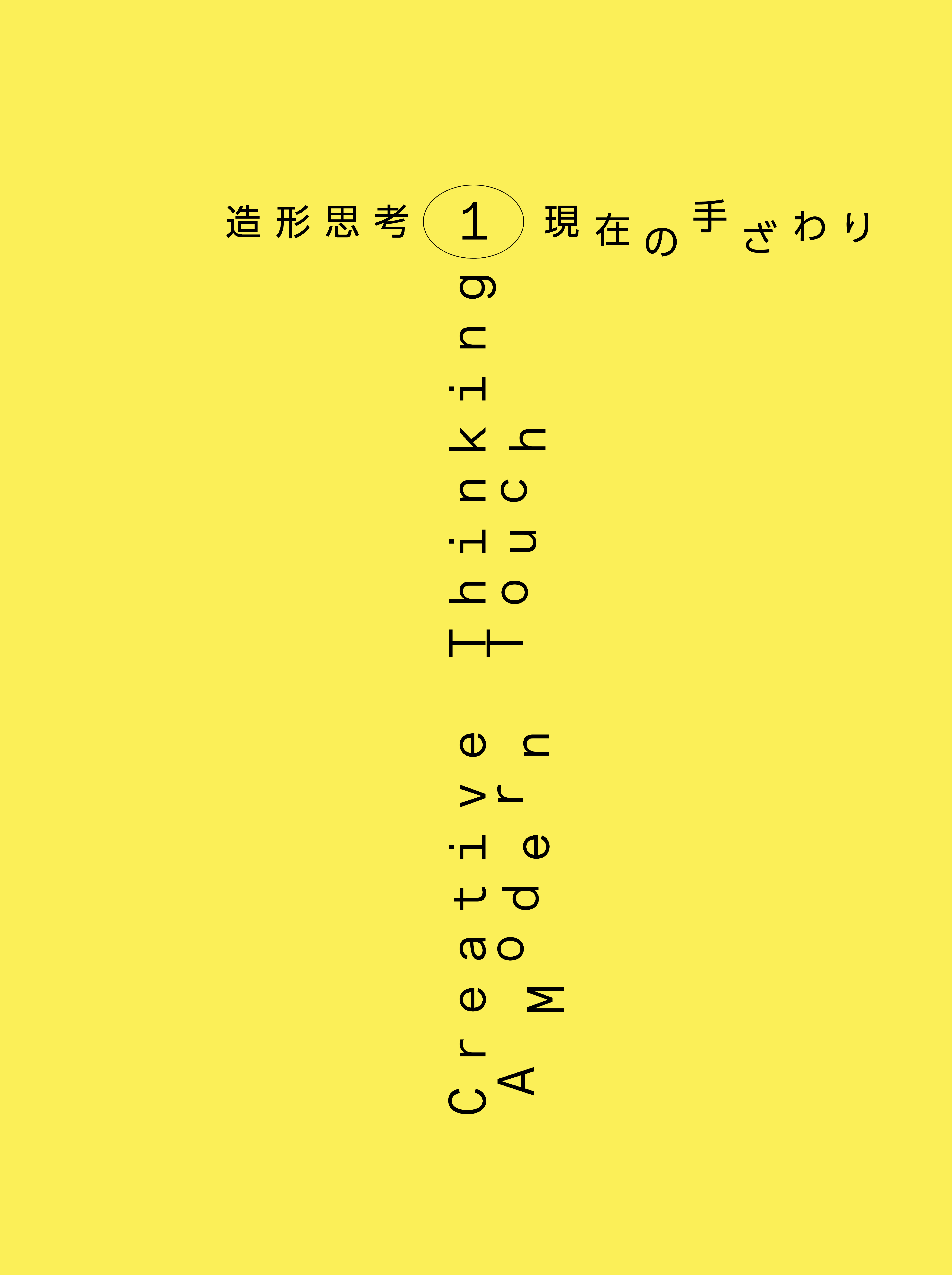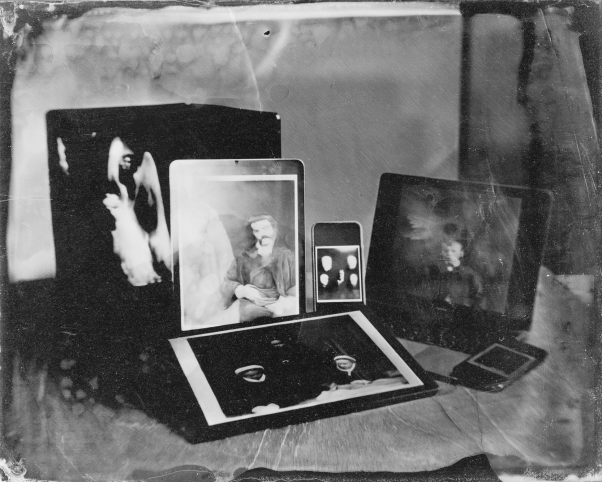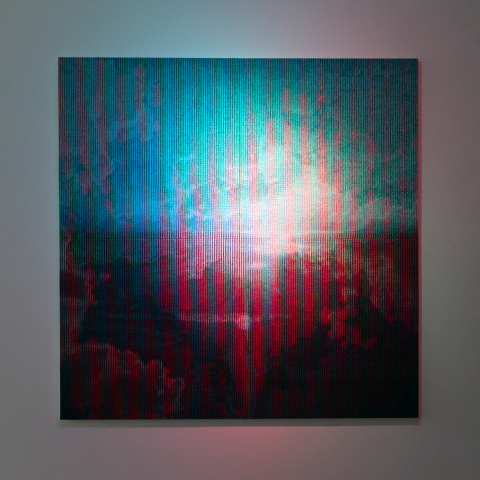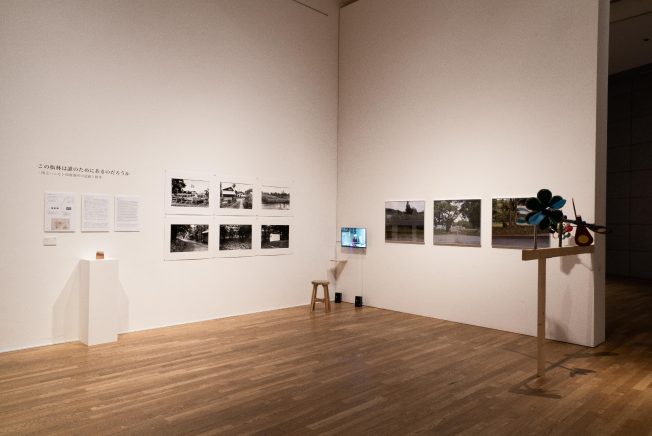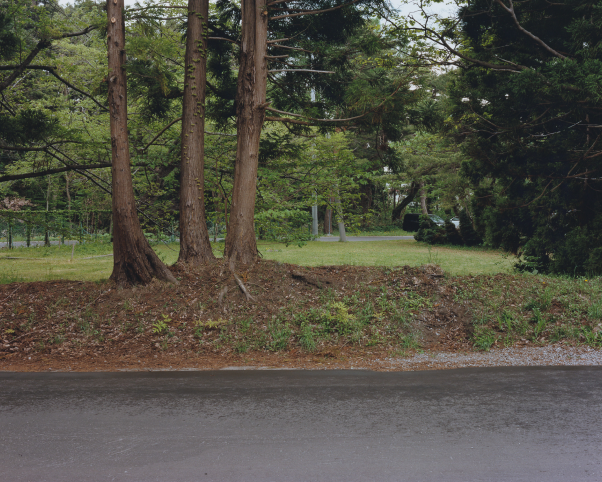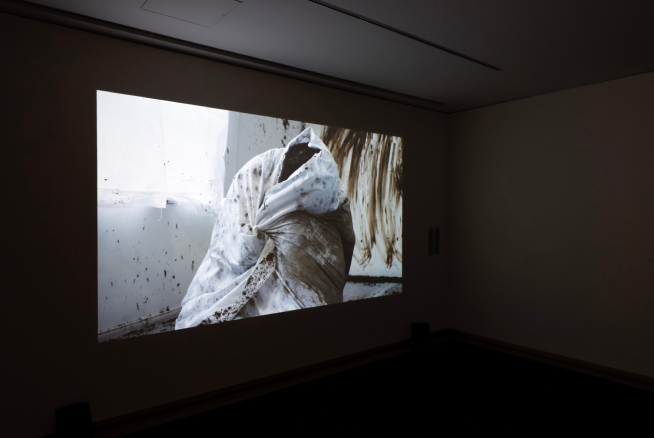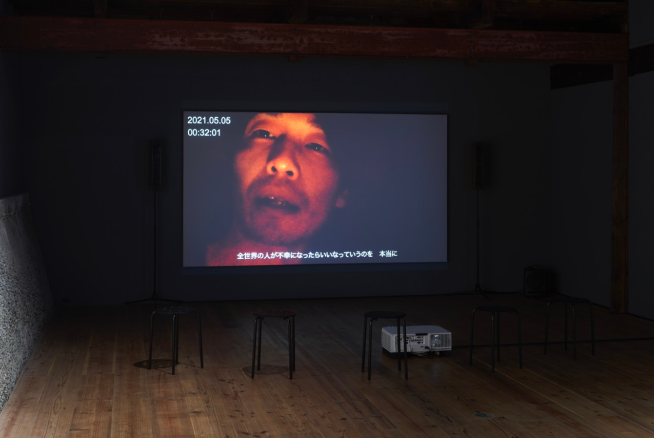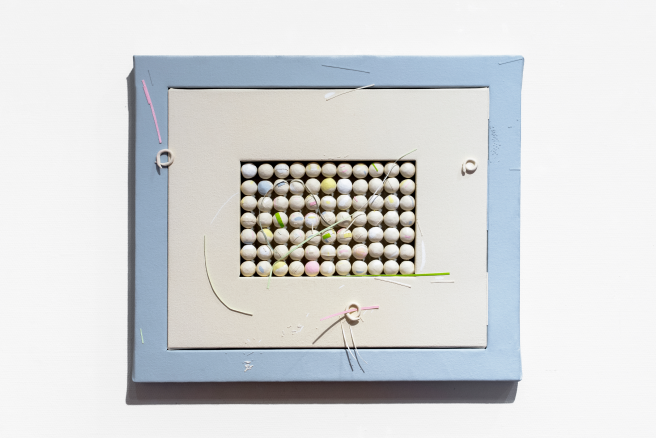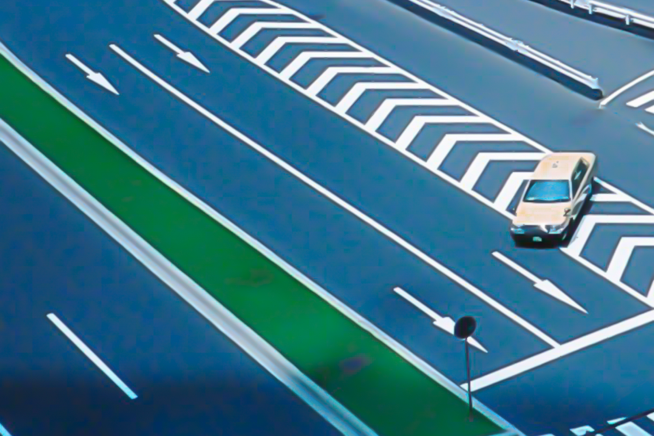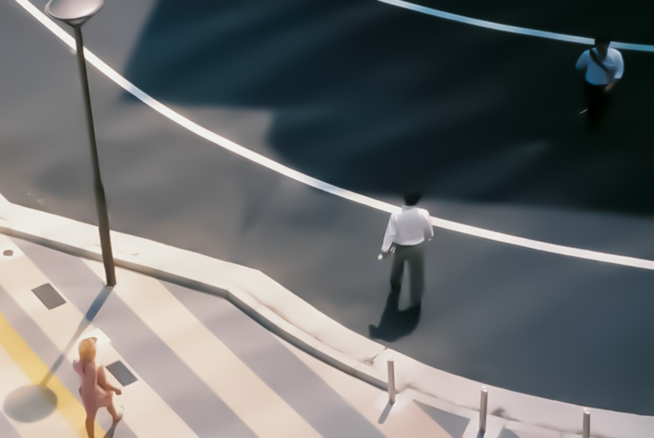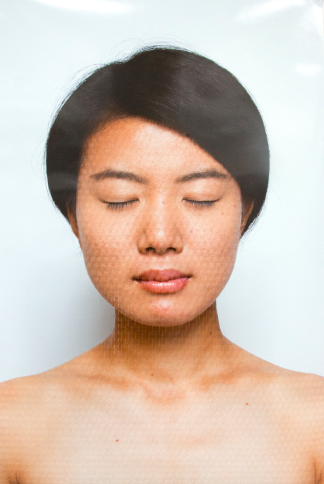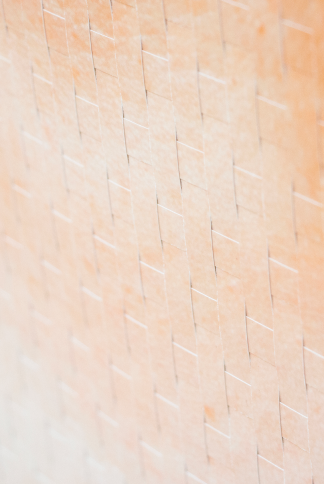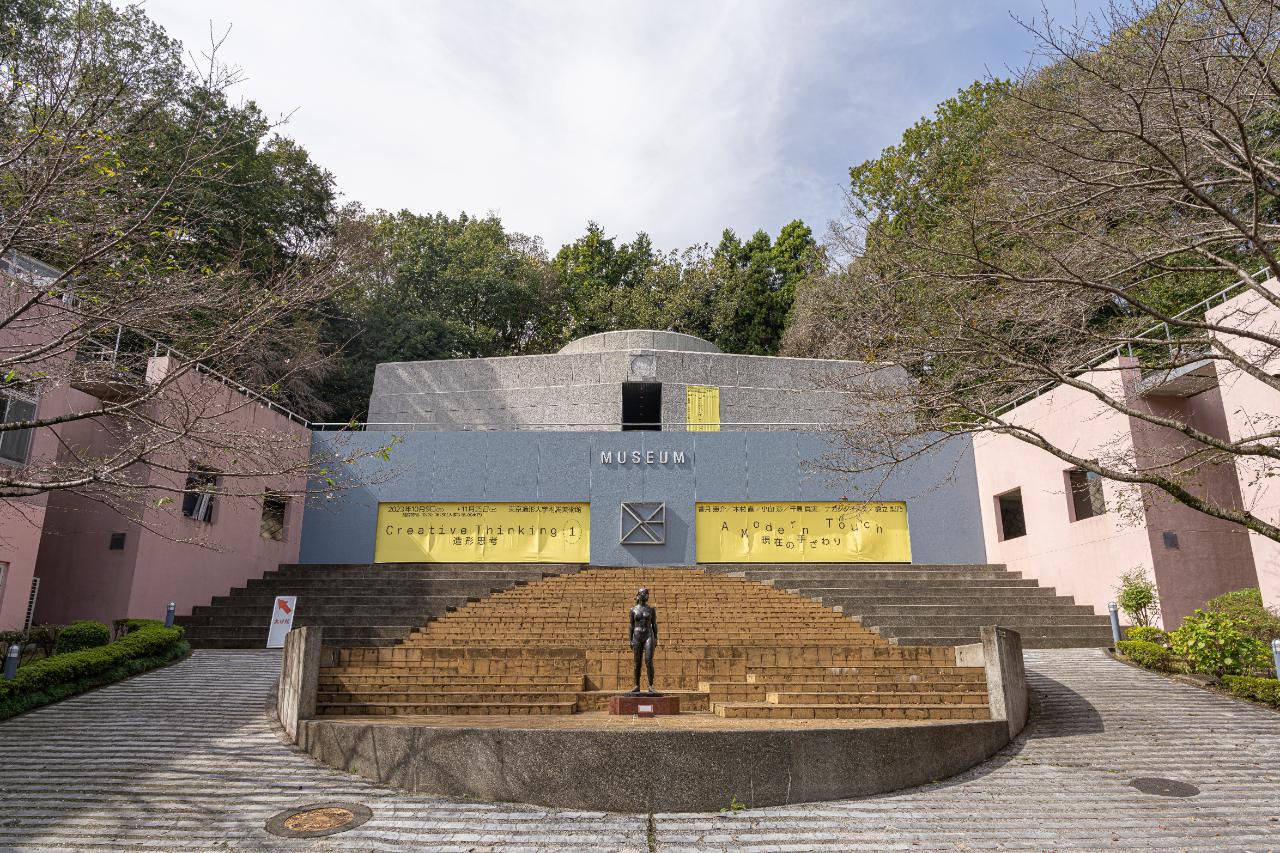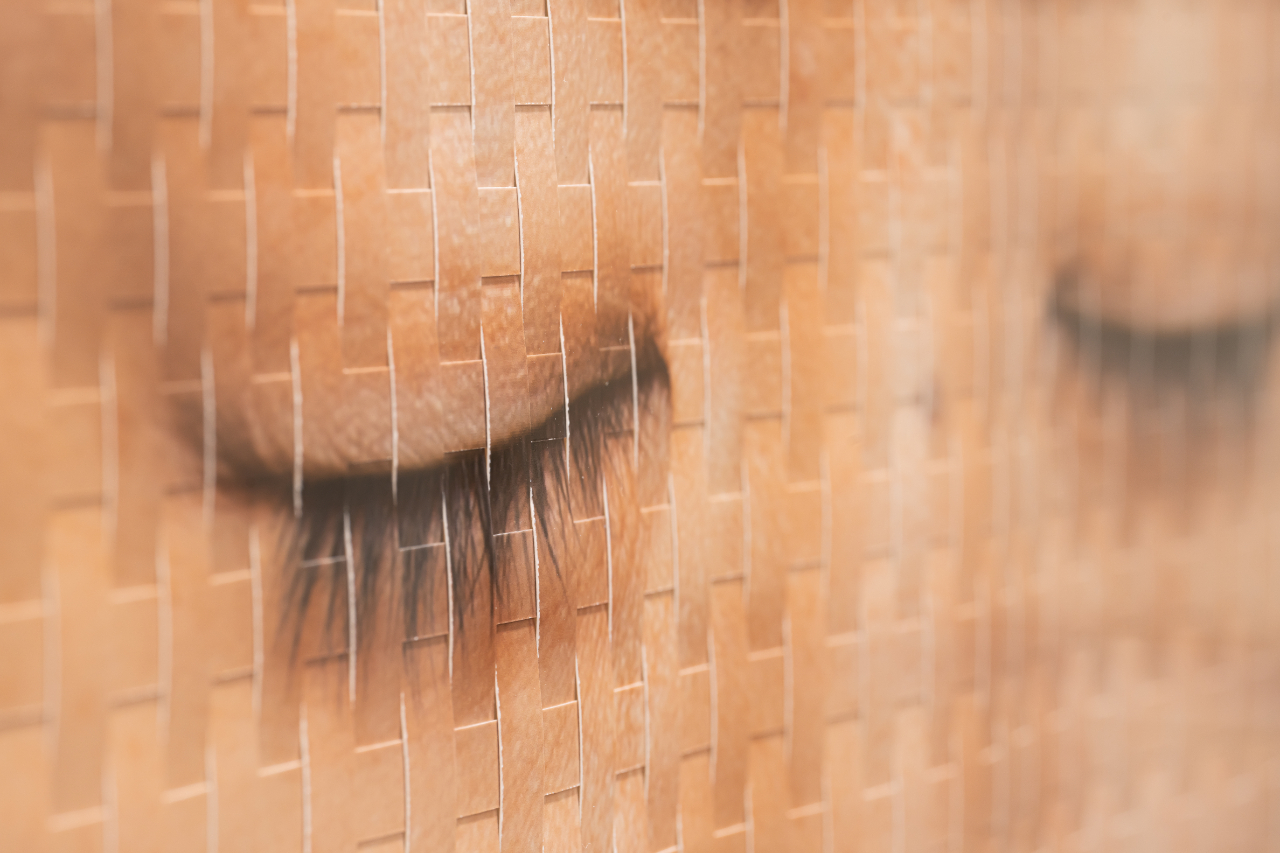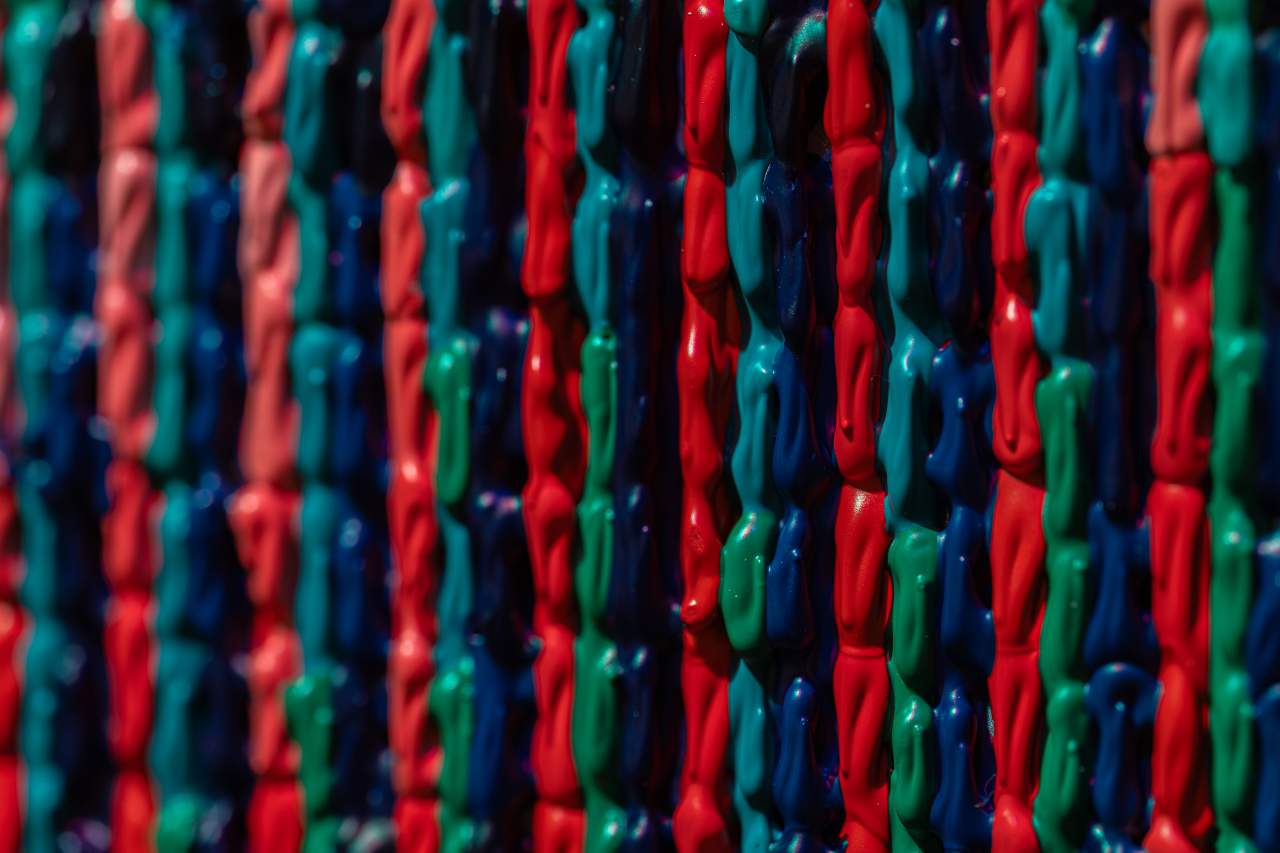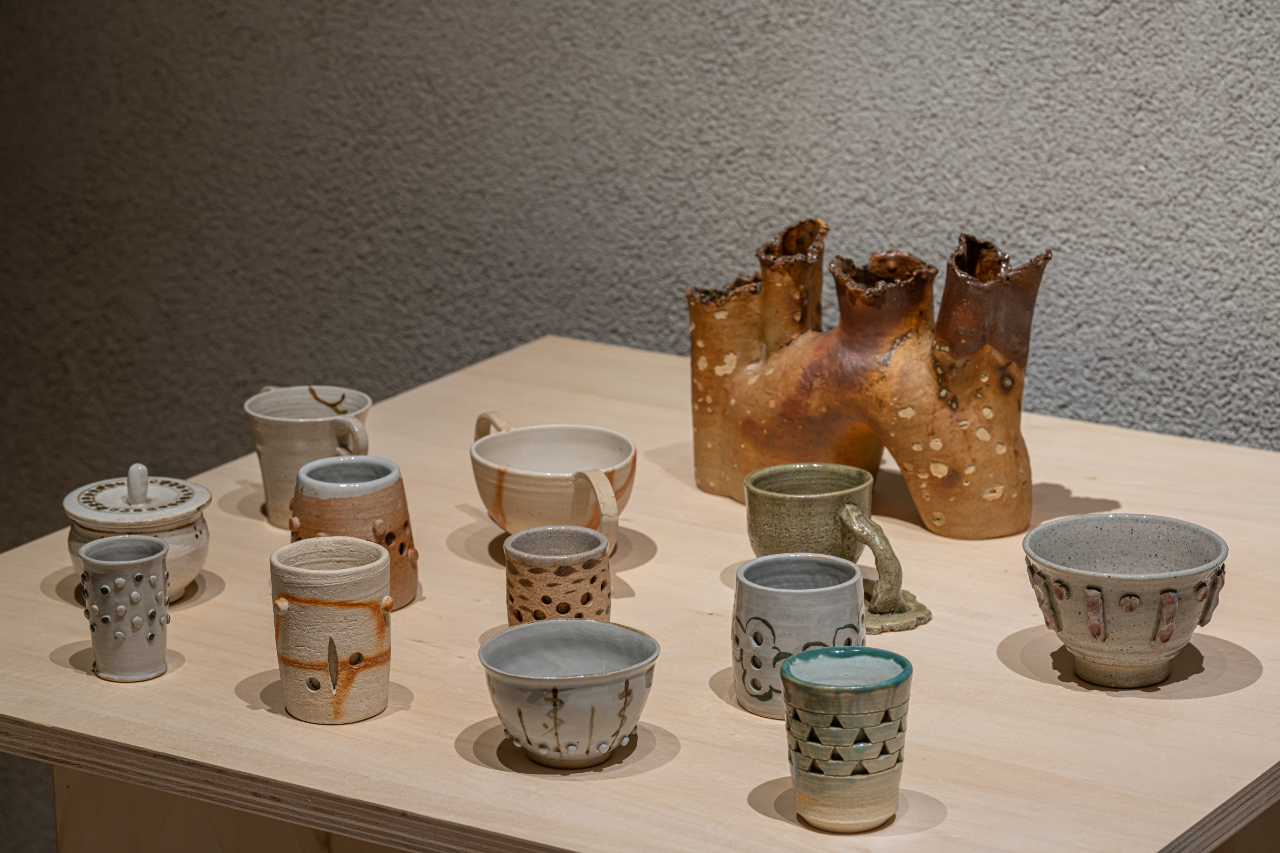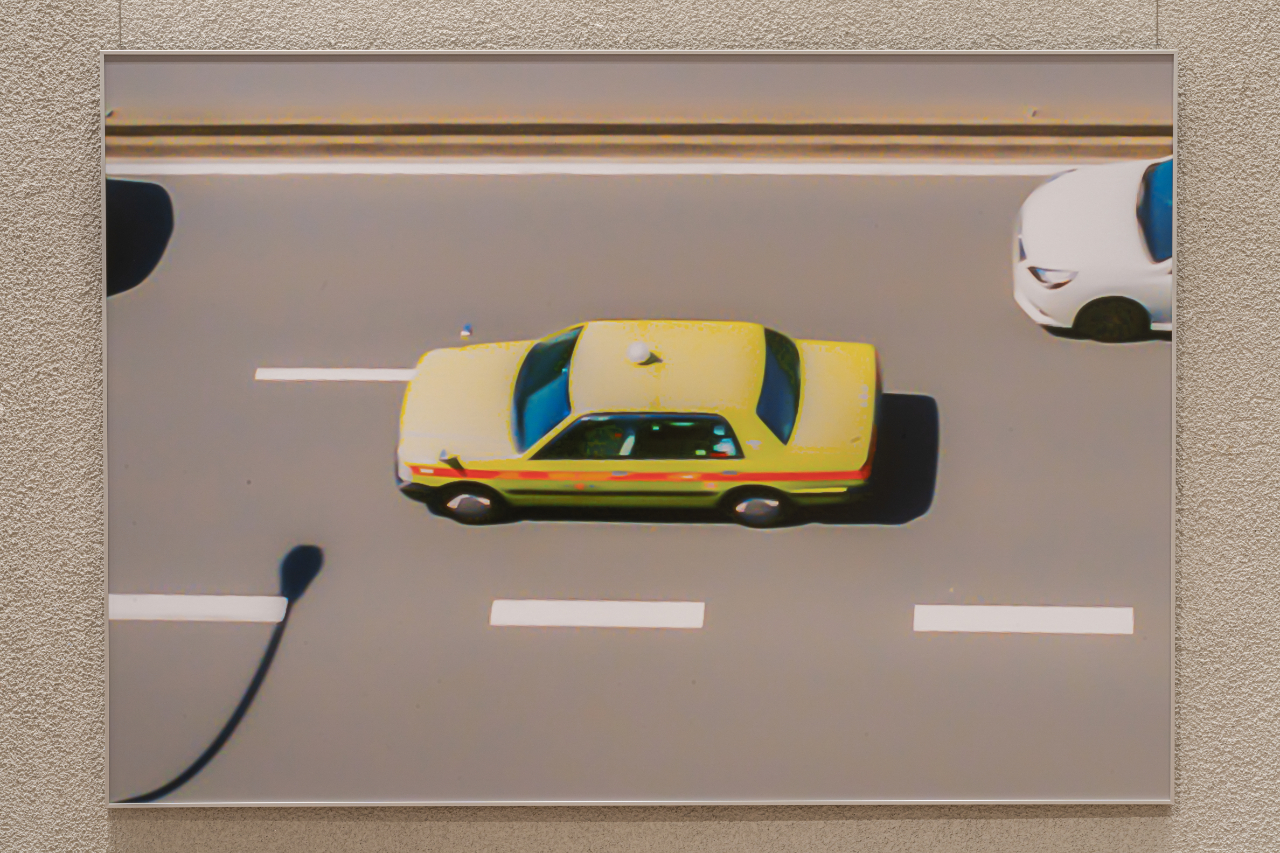対象物はその内面に関するわたしたちの知識を通じて、その現象以上のものにひろがる。
つまり、物は、その外面が認めさせる以上のものであるということを知ればいい。
——パウル・クレー『造形思考 上』(土方定一・菊盛英夫・坂崎乙郎 共訳、1973年、新潮社)
東京造形大学は、1966年に開学してから50年以上に渡り、多くのデザイナーやアーティストを輩出してきました。そうしたなかで、東京造形大学附属美術館では、これまで、卒業生の活躍を紹介する展覧会として「造形現代芸術家展」(2005-2014年)や「CSP(Creative Spiral Project)」(2017-2019年、2013-2015年は桑沢デザイン研究所を会場とする)を開催してきています。そして、このたび、新たなシリーズとして「造形思考」をスタートさせます。東京造形大学の10専攻領域の内、2つの領域の卒業生の仕事を取り上げるもので、第1回目となる本展では、写真専攻領域を卒業した3名と絵画専攻領域を卒業した3名が参加をします。
今回のテーマは「現在の手ざわり」。「手ざわり」とは、美術表現においては、〈確実さ〉を保証するものと考えられてきました。しかしながら、現在、私たちはそうした〈確実さ〉を手にすることができるのか、そのこと自体が疑わしくなっています。その上で、出品者たちは各々が定めた出発点から、各々が選んだ方法によって、各々が立つ場所を掘り下げようとしています。そうした試みが最終的に〈確実さ〉に到達するか否かではなく、そのように試みることが彼ら/彼女らの生にリアルという感覚をもたらしているといえます。
現在においては、展覧会そのものが「時代遅れのメディア」と呼べるのかもしれません。そのことは「手ざわり」という言葉が〈確実さ〉を保証するとは限らなくなったことと無関係ではないはずです。そうした現在の状況の中で、6名の出品者と一緒に「手ざわり」について改めて考えてみたいと思います。
2023年10月
東京造形大学附属美術館
The object grows beyond its appearance through our knowledge of its inner being, through the knowledge that the thing is more than its outward aspect suggests. Man dissects the thing and visualises its inside with the help of plane sections; ….
- Paul Klee, Paul Klee: the thinking eye, translated by Ralph Manheim from the German edition, `Das Bildnerische Denken‘ (Benno Schwabe & Co., Basle 1956) 1964, Percy Lund, Humphries & Co. Ltd.
Since 1966、Tokyo Zokei University has produced many designers and artists over the 50 years. In this context, the Tokyo Zokei University Museum of Art has held “Zokei Contemporary Artists Show” (2005-2014) and “Creative Spiral Project (CSP)” (2017-2019, at Kuwasawa Design School in 2013-2015) as exhibitions showcasing the practices of its graduates. (2013-2015, at Kuwasawa Design Institute). In this occasion, we are launching a new series, “Creative Thinking”. The first exhibition will feature the work of graduates from two of Tokyo Zokei University's ten majors: three graduates from the photography major and three graduates from the painting major.
The theme of this year's exhibition is ‛Modern Touch'. In art expression, "touch" has been regarded something that guarantees ‛certainty’. However, it is now doubtful whether we can obtain such ‛certainty’. The exhibitors are attempting to seek the place where they stand, from their own starting points they have set for themselves, using the methods they have chosen. It is not a question of whether these attempts will eventually reach ‛certainty', but rather such attempts will bring a sense of realities to their lives.
Today, the exhibition itself could be called as an 'outdated medium'. This is not unrelated to the fact that the term ‛touch' no longer guarantees certainty. In this current context, we would like to rethink the ‛touch' together with the six artists.
Tokyo Zokei University Art Museum
October 2023
香月恵介/KATSUKI Keisuke
私の絵画制作ではモニターに映し出された画像をその表示構造、つまり赤青緑の画素を絵具で再現した「ピクセルペインティング」を主軸として展開している。画像は主にモネやターナーの絵画を採用しているが、これは光を描いた著名な画家の作品を、現代の光学技術の成果たるモニター(発光する画像)へ召喚し、その画像を絵画化することによって、現代におけるイメージや光についての再考を促すためである。
近年では、Diffusion model AIが生成した画像を古典写真技法によって定着させた写真作品を制作している。アルゴリズムによる画像生成プロセスは、写真機による被写体の投影よりも人間が想像する「イメージ」の生成に近いものであった。私は画像生成の最中に紛れ込んだエクストラを心霊と呼ぶことにした。
木村直/KIMURA Choku
本作品は、青森県にある国立療養所松丘保養園を撮影したものです。松丘保養園は、1909年に設立された日本最北端に位置するハンセン病療養所で、北海道及び東北6県のハンセン病者を収容していました。松丘保養園 (1941年に国立に移管、現在の国立療養所松丘保養園に改称)の由来は、「松の生茂る丘」の様子から来ています。撮影当時 (2022年頃)、コロナ禍の影響で療養所では入所者との交流が困難になり、地域住民による散歩も遠慮してほしいとされていました。療養所と青森市内で暮らす伯龍さんは「ハンセン病療養所で暮らすことがどういうことなのか、またはハンセン病とはそもそも何なのか、未だに知られていない」と語ります。本作品ではこれらの現状から社会と生活の場としてのハンセン病療養所の境界線を見つめます。
協力:弘前大学人文社会科学部地域未来創生プロジェクト「地域のなかの松丘保養園の再発見:生活誌・自然景観・身体経験を通して」(代表 白石壮一郎)
小山渉/KOYAMA Wataru
私は人間の精神に一貫した関心を寄せ、感情や精神病理、死生観などを題材に、映像作品を中心に作品制作を行っています。近作では、作家自身と被写体との親密な関係性の中で表出する語りや行為に着目した表現を探っています。
制作の根底には、思春期を引きこもりとして過ごした経験と、精神科福祉施設で働いた経験が大きく影響しています。これらの経験は、身体と精神の状態についての観察と想像、他者との対話のプロセス、社会から受ける抑圧や規範に対して個人がいかに生きていくのか、といった関心を深めていくことに繋がりました。
私が人間の精神を見つめる中で芸術表現に期待するものは、人間の様々な価値の境界を揺さぶることにあるのだと思います。
千原真実/CHIHARA Mami
私は近年、絵と絵のまわりをテーマにコラージュの技法を用いて“風景”というタイトルの作品を制作してきた。私の作品の“風景”とは、どこかの場所を表す“風景画”ではなくて、コラージュによって画面上に創り出されていくどこにもない“風景”である。私にとって“風景”を創ることはまっさらな壁やキャンバスに空間を生み出すことであり、いくつもの物質的な境界がある中に“風景”を通じて何らかの繋がりをもたらすことである。今回の展覧会では、既成の印刷物から要素を抽出していく新しく試みた“風景”を展開したい。
ナガタダイスケ/nagatadaisuke
「そこは前、・・・だったよね」
撮影をする為、屋上から景色を眺めていると隣に観光客らしき年配の2人組がやって来た。
2人は、今いる建物が別の名前だったことや、人がミニチュアのように見えること、すぐ横に見える建物を設計したのは「なんだっけ、有名な建築家、それだけは知ってる」と話していた。
写真を見返していると、居心地の悪いタクシーの存在が気になった。
拡大してみると、現実感の薄れた写真が現れた。これは面白いと感じ、現実感を保ったままどこまで想像を引き寄せることができるか試みることにした。
案外、現実と想像の間を逡巡してしまう事も悪くないのではないかと思う。
橋立梨乃/HASHIDATE Rino
人体で一番大きな臓器と呼ばれている臓器は皮膚である。
皮膚は触覚・温度・音・匂い・痛み・快感・色味といった”生”を感じる重要な体のパーツ だ。
この皮膚という衣を父母からもらい生まれた。
流行りもないし、脱ぐこともできない、特別な衣である。 きっと死ぬまで一生着続けるだろう。
命を包み守っている神秘的な皮膚は、母体の中で形成され、活発な分裂を繰り返し
そして 一生を全うしひっそりと死んでいく。
人間は皮膚という衣を誰でも纏っている。
DNA がひー、ふー、みー...と。
縦糸と横糸を紡ぐことで繋がってきた。
私もその一人である。
KATSUKI Keisuke
The core of my painting work is `pixel painting,’ in which I paint to reproduce the structure of the image displayed on a monitor, i.e., red, blue, and green pixels. I mainly use Monet and Turner's paintings as my images, in order to summon the works of famous painters who depicted light onto the monitor (self-illuminated image), which is the result of modern optical technology, to encourage to explore images and light in the modern age.
Nowadays, I have been producing photographic works using images generated by Diffusion model AI and fixed using classical photographic techniques. The algorithmic image generation process was more similar to the generation of an `image‘ envisioned by a human being than to the projection of a subject by a photographic machine. I chose to call the extras that were mixed in during the image generation process as psychic spirits.
KIMURA Choku
This work was taken at National Sanatorium Matsuoka Hoyoen in Aomori Prefecture. Established in 1909, it was Japan's northernmost sanatorium for Hansen's disease, housing patients with Hansen's disease in Hokkaido and six prefectures in the Tohoku region. The name Matsuoka Sanatorium (transferred to the national government in 1941 and renamed the current National Sanatorium Matsuoka Hoyoen) comes from the location of ‘a hill overgrown with pine trees’; as of August 2022, due to the Corona disaster, the sanatorium is having difficulty interacting with residents and has asked local residents to refrain from taking walks. Hakuryu, who lives at the sanatorium and in Aomori City, says, “People still don’t know what it is like to live in a Hansen's disease sanatorium or what Hansen's disease is in the first place.” This film explores these current situation.
With the cooperation of IRRC Research Project "Rediscovering the Matsuoka Hoyouen, National Sanatorium in the Royal Contexts: Life Histories, Natural Landscape, and Physical Experience" (Representative: Soichiro Shiraishi) , Faculty of Humanities and Social Sciences, Hirosaki University.
KOYAMA Wataru
I have a consistent interest in the human mind, and my work focuses on video works on subjects such as emotions, psychopathology, and views of life and death. In my recent works, I have been exploring expressions that focus on the dialogue and actions that emerge in the intimate relationship between the artist and the subject.
The basis of my work is largely influenced by my experiences as a socially withdrawn adolescent and as a staff in a psychiatric welfare facility. These experiences led to a deepening interest in observing and imagining states of body and mind, the process of interacting with others, and how individuals live with the oppression and norms they receive from society.
What I seek in my artistic expression is to observe human mind and to shake the boundaries of various social values.
CHIHARA Mami
In recent years, I have been creating works titled "Landscape" using collage techniques on the theme of pictures and their surroundings. These "landscape" series are not merely ‘landscape painting’ that represents some place, but a "landscape" that is created on the screen by collage and is not found anywhere else. For me, to create a "landscape" is to create a space on a blank wall or canvas, and to bring some kind of connection through a "landscape" within several material boundaries. In this exhibition, I would like to develop a new attempt of "landscape" by extracting elements from existing printed materials.
nagatadaisuke
“That was ... right?”
While I was looking at the view from the rooftop for a photo shoot, a couple of elderly tourists came next to me.
They were talking about the building now had a different name, how people looked like miniatures, and how the building right next to them was designed by "what was it, a famous architect, that's all I know".
As I looked back at the photo, I noticed an uncomfortable looking taxi.
When I enlarged the photo, a diminished sense of reality appeared. I found this interesting and decided to try to see how far I could take my imagination while maintaining a sense of reality.
Surprisingly, I think it is not bad to hesitate between reality and imagination.
HASHIDATE Rino
Skin is the largest organ in the human body. The skin is an important body part that senses `life’ in terms of touch, temperature, sound, smell, pain, pleasure, and color.
I was born with this skin, which was given to me by my parents.
It is a special garment that never goes out of style and cannot be taken off. I am sure that I will continue to wear it all my life until the day I die.
The mysterious skin that wraps and protects life is formed in the mother's body, undergoes active division repeatedly, and dies quietly after a lifetime.
Every human being wears a garment called skin.
Knitting DNA one by one, hi, fu, mi…, in old Japanese numerals.
We have been connected by spinning the warp and weft.
I am one of them.
第1回アーティストトーク
日時:10月9日(月・祝)17:00-18:40
会場:東京造形大学4号館4E教室
進行:末永史尚(東京造形大学教授)
アーティスト:香月恵介 千原真実 ナガタダイスケ
第2回アーティストトーク
日時:11月3日(金・祝)17:00-18:40
会場:東京造形大学4号館4D教室
進行:首藤幹夫(東京造形大学教授)
アーティスト:木村直 小山渉 橋立梨乃
事前申込不要・参加費無料
参加希望の方は上記の日時に会場にお集まりください。
実際の展示の様子です。
撮影:山上洋平
More→
造形思考1-現在の手ざわり-
Creative Thinking 1: A Modern Touch
東京造形大学附属美術館
〒192-0992 東京都八王子市宇津貫町1556〈東京造形大学構内〉
TEL:042-637-8111
https://www.zokei.ac.jp/museum/
JR横浜線相原駅 東口よりスクールバス5分・徒歩15分
※当館には専用駐車場がありませんので、公共交通機関をご利用ください。


本展は感染症予防のための十全な措置を講じて実施いたします。最新の情報は当館ホームページをご確認ください。

